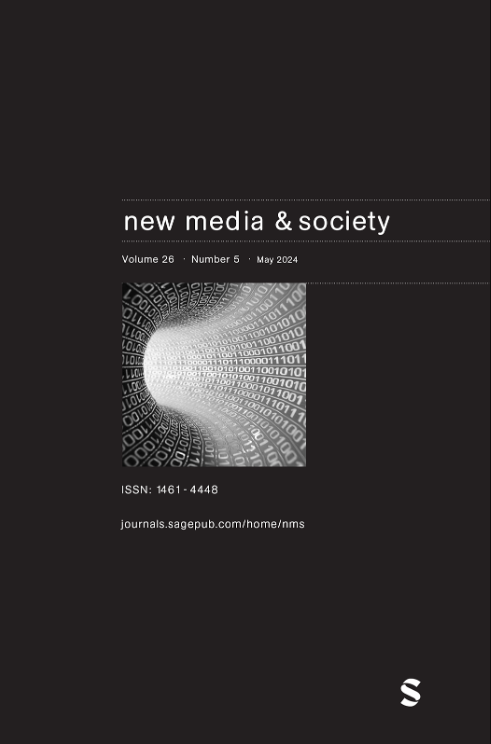Followers, fans, friends, or haters? A typology of the online interactions and relationships between social media influencers and their audiences based on a social capital framework
IF 4.5
1区 文学
Q1 COMMUNICATION
引用次数: 0
Abstract
Little is known about the characteristics and dynamics within SMI–audience interactions and relationships from the side of SMI. Using interview data from 19 ( N = 19) SMI, this study aims (1) to increase the insights on the development (i.e. predictors and dimensions) and dynamics (i.e. outcomes and feedback loops) of SMI’s social capital and (2) use the social capital framework to develop a typology of different SMI–audience relationships. The resulting typology proposes four types of relationships. The first is the casual follower relationship, characterized by limited intimacy and low-effort contact. Second, the positive fan relationship involves typical fan behavior. These relationships are important for SMI because they offer psychological and commercial gains. Finally, the negative hater and the negative anti-fan relationship were distinguished. Whereas the first is a temporary superficial relationship, the latter has intimacy and reciprocity, which stimulates SMI’s investment. The theoretical and practical implications for SMI and marketing are discussed.追随者、粉丝、朋友还是仇敌?基于社会资本框架的社交媒体影响者与其受众之间的在线互动和关系类型学
从 SMI 的角度来看,人们对 SMI 与受众之间互动和关系的特点和动态知之甚少。本研究使用 19 个 SMI(N = 19)的访谈数据,旨在(1)增加对 SMI 社会资本的发展(即预测因素和维度)和动态(即结果和反馈回路)的了解;(2)使用社会资本框架对 SMI 与受众之间的不同关系进行分类。由此产生的类型学提出了四种类型的关系。第一种是随意的追随者关系,其特点是有限的亲密关系和低强度的接触。第二种是积极的粉丝关系,涉及典型的粉丝行为。这些关系对 SMI 非常重要,因为它们能带来心理和商业利益。最后,我们区分了消极的讨厌者关系和消极的反粉丝关系。前者是暂时的表面关系,后者则具有亲密性和互惠性,能刺激 SMI 的投资。本文讨论了 SMI 和市场营销的理论和实践意义。
本文章由计算机程序翻译,如有差异,请以英文原文为准。
求助全文
约1分钟内获得全文
求助全文
来源期刊

New Media & Society
COMMUNICATION-
CiteScore
12.70
自引率
8.00%
发文量
274
期刊介绍:
New Media & Society engages in critical discussions of the key issues arising from the scale and speed of new media development, drawing on a wide range of disciplinary perspectives and on both theoretical and empirical research. The journal includes contributions on: -the individual and the social, the cultural and the political dimensions of new media -the global and local dimensions of the relationship between media and social change -contemporary as well as historical developments -the implications and impacts of, as well as the determinants and obstacles to, media change the relationship between theory, policy and practice.
 求助内容:
求助内容: 应助结果提醒方式:
应助结果提醒方式:


